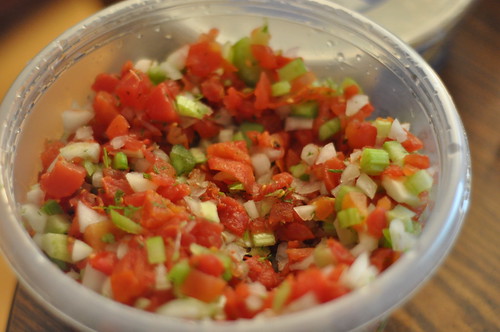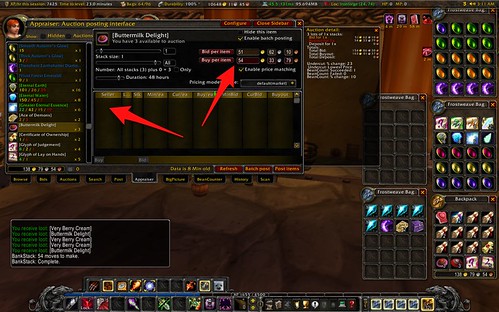From the moment it launched, Google Buzz generated buzz:
- OMG another social network to manage
- OMG there’s too much noise
- OMG this is so redundant
And for the early adopters, it’s exactly that and more. It’s noise. It’s clutter.
It’s brilliant.
Here’s why. Google wants the best of the best data. Remember this. They are a data company. They are a data quality company. They are algorithmic in their approaches to solving problems.
For a lot of the social media crowd, the moment Buzz turned on, our valued inboxes became insanely cluttered as we linked up all our social media sites, networks, and properties. We discovered that frankly, we didn’t want the firehose of social media in our inboxes.
We realized quickly, if we didn’t already know, that most of our “friends” are in fact valueless robots spewing garbage at us all day. On services like Twitter and Facebook, we don’t really notice because it’s bite size garbage that passed by quickly. When it piles up in the inbox, we notice. Fast.
So for the early adopters, those who keep Buzz on, we’re pruning back hard. We’re not following back. We’re dropping auto-follows. We’re down to just a handful of people, close friends, that we REALLY want in our inboxes. How many of the self-proclaimed social media gurus are you actually allowing inside your inbox, in Buzz? Exactly.
Buzz is working as intended. Google wants data quality. We immediately filter out completely all the noisemakers who bring no value to the table.
Buzz also incentivizes us in a couple of ways. It tells us to prune back our own spewage lest our friends, the ones we care about truly, unfollow us and eliminate us. It tells us that redundancy of information is of no value to anyone using Buzz, since you can get blog posts and status updates already from FriendFaceTwitterFeedBookSquareWallReader service (now with more blatant self-promotion from social media experts!). So we share and discuss only the stuff that’s either super high quality that we just can’t afford to miss, even if it’s redundant, because of the quality, or we share stuff that’s not being shared elsewhere.
Google figures out from our activity in Buzz that either there’s new stuff to be examined (remember in the initial presentation that Buzzed stuff gets indexed the moment it’s shared, and Google wants to find EVERYTHING to index) or there’s stuff that’s so important and so good that you’ll let it into your inbox even if you can get it elsewhere.
By placing Buzz so close to the incredibly precious, valuable territory that is our inbox, Google is forcing users to reveal what we truly value, what we’re willing to let into a very private space. It’s the perfect walled garden, because instead of enforcing the walls on us, Google simply lets us build the walls for them.
The lesson for marketers and content creators is this: social media 1.0 is drawing to a close. Social Media 2.0 is about relevance, value, and authentic connection, because you will never, as a marketer, get through the gates of the walled garden with a boring-as-crap press release or product announcement. No one cares about you. All of the services, but especially the big ones, are giving users more tools to screen out anything they don’t care about, anything that doesn’t engage them, anything that isn’t actually great quality.
Buzz is just a very visible demonstration of how much crap our “friends” spew out that’s of no value, and why we were so annoyed by it. Now that it’s under control, now that we’re isolating actual friends from “friends” and our networks are getting trimmed, we’re starting to get more value out of it.
And you can bet Google is paying VERY close attention to us and what we do with our Buzz.
Did you enjoy this blog post? If so, please subscribe right now!



Get this and other great articles from the source at www.ChristopherSPenn.com! Want to take your conference or event to the next level? Book me to speak and get the same quality information on stage as you do on this blog.









